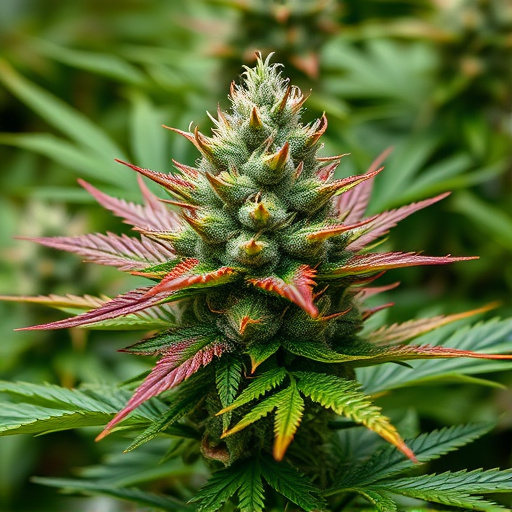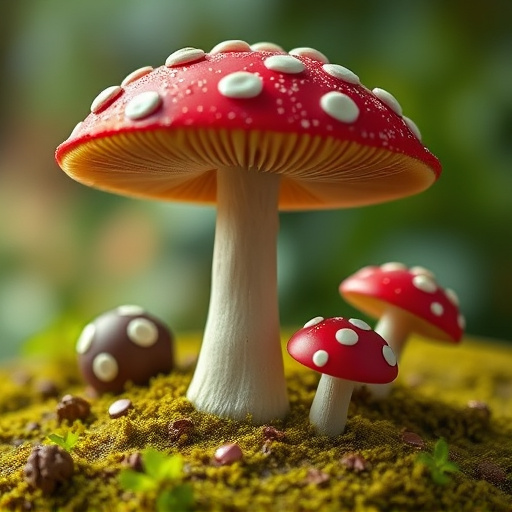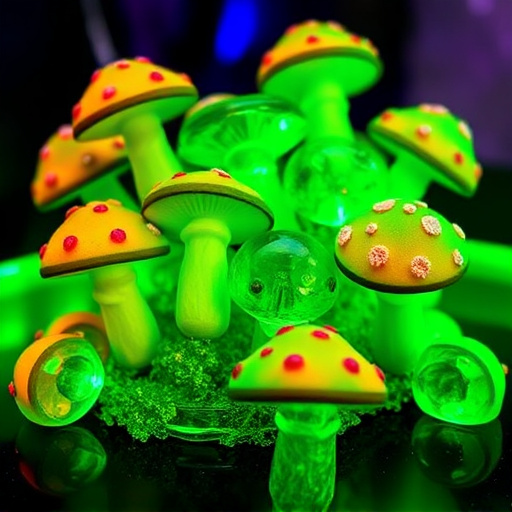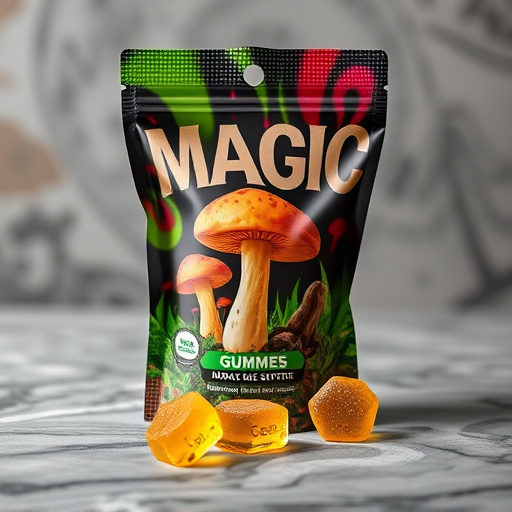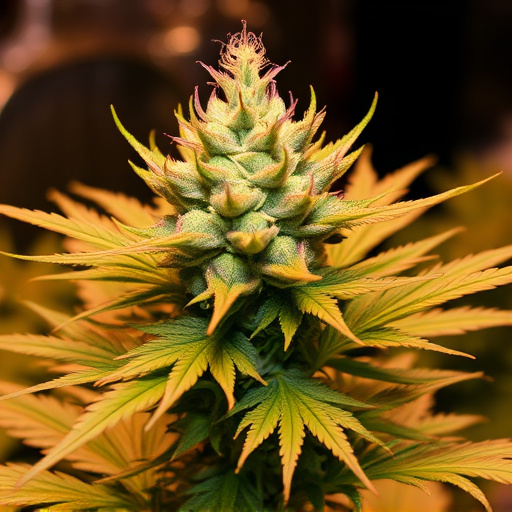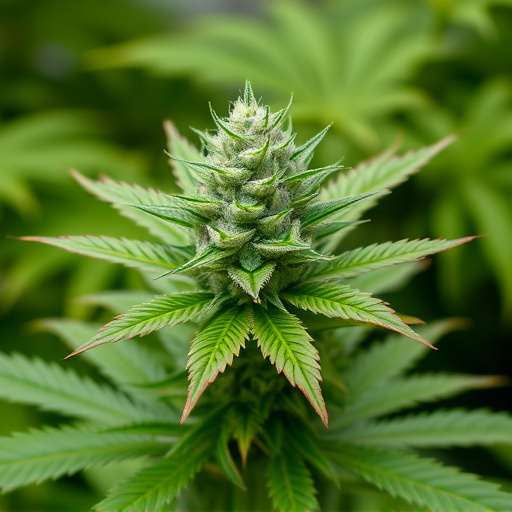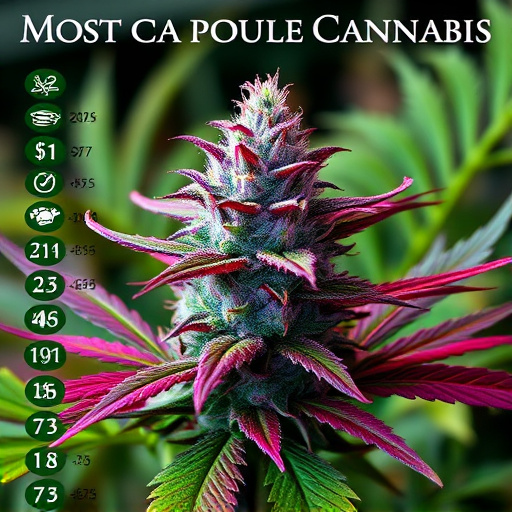The experience of using cannabis, particularly the 'high', varies greatly among different strains due to varying cannabinoid profiles, notably THC and CBD levels. Higher THC content generally leads to stronger, longer-lasting effects, while CBD offers milder highs with potential therapeutic benefits. Individual metabolism, tolerance, age, weight, gender, health, and consumption method (smoking, edibles) significantly affect the duration and intensity of cannabis's intoxicating effects. Users should consider these factors when selecting strains or dosing methods for personalized experiences with the most popular cannabis strains.
“Unraveling the duration of a cannabis high is a complex dance influenced by various factors. In this exploration, we delve into the science behind what makes each individual experience unique. From the genetic composition and cannabinoid profiles of the most popular cannabis strains to individual metabolic differences and consumption methods, these elements collectively shape the length and intensity of the high. Understanding these factors can empower users to navigate and optimize their cannabis experiences.”
- Genetic Composition and Cannabinoid Profiles
- Individual Metabolism and Tolerance Levels
- Consumption Method and Dosage
Genetic Composition and Cannabinoid Profiles
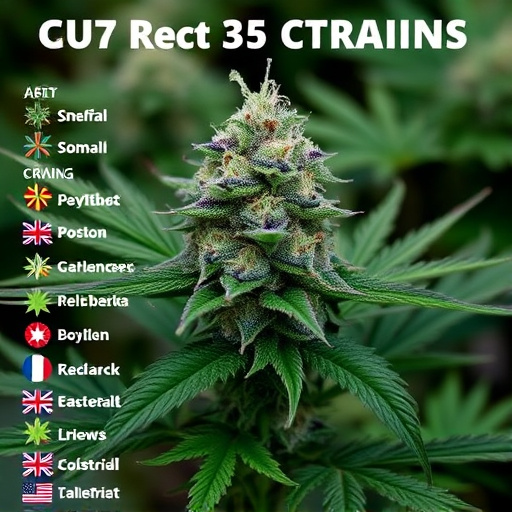
The genetic composition and cannabinoid profiles of cannabis plants play a pivotal role in determining the duration and intensity of the “high” experienced by users. Each strain, from among the most popular cannabis strains globally, boasts a unique combination of cannabinoids such as THC (tetrahydrocannabinol) and CBD (cannabidiol), along with over 100 other compounds. These cannabinoids interact with our body’s endocannabinoid system, influencing mood, memory, perception of pain, and more.
Varieties that contain higher concentrations of THC are generally associated with stronger and longer-lasting effects, often referred to as a more intense “high.” Conversely, strains with elevated CBD levels may produce milder highs and are sometimes sought after for their potential therapeutic benefits without the mind-altering effects. Thus, understanding the cannabinoid makeup is key to predicting and personalizing one’s cannabis experience, especially when considering the most popular cannabis strains available on the market today.
Individual Metabolism and Tolerance Levels
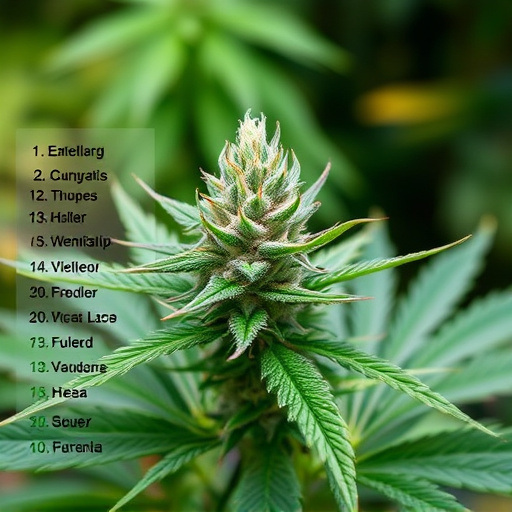
Every individual’s body metabolizes cannabis differently, which significantly impacts how long a ‘high’ lasts. This variation is largely due to differences in metabolism and tolerance levels. Those with faster metabolisms may experience shorter-lasting effects, as their bodies process and eliminate cannabinoids more rapidly. Conversely, individuals with lower tolerances can expect longer durations of intoxication, as it takes time for their systems to break down the compounds.
Understanding one’s unique response to cannabis is key in predicting high duration. Factors like age, weight, gender, and overall health play a role. For instance, younger users might report longer-lasting effects due to typically higher tolerances, while older individuals may experience shorter highs due to metabolic shifts associated with aging. The most popular cannabis strains also vary in THC content and terpene profiles, which can influence both the intensity and duration of the high, further highlighting the importance of personal metabolism and tolerance.
Consumption Method and Dosage
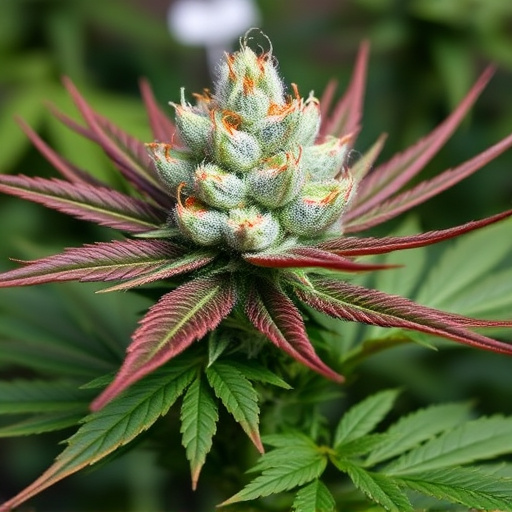
The method by which cannabis is consumed plays a significant role in determining the duration of its intoxicating effects, known as a “high.” Different consumption methods offer varying experiences and can influence the speed and longevity of the high. For instance, smoking cannabis through joints or vapes allows for swift onset, typically within minutes, while edibles take longer to kick in due to their absorption into the body via the digestive system, often peaking after 30 minutes to an hour.
Dosage is another critical factor. The potency of most popular cannabis strains varies widely, with THC levels ranging from 10% to over 30%. Higher THC concentrations can intensify the high but may also increase the likelihood of adverse effects and extend the duration. Users should consider their tolerance and desired intensity when choosing a strain or dosing method, ensuring they have control over the length and quality of their cannabis experience.
Understanding the factors that impact the duration of a cannabis high is essential for consumers looking to optimize their experience. Genetic composition, cannabinoid profiles, individual metabolism, and consumption methods all play pivotal roles in determining how long the effects last. By considering these aspects, users can make informed choices when selecting from the most popular cannabis strains, ensuring a more predictable and enjoyable high.
